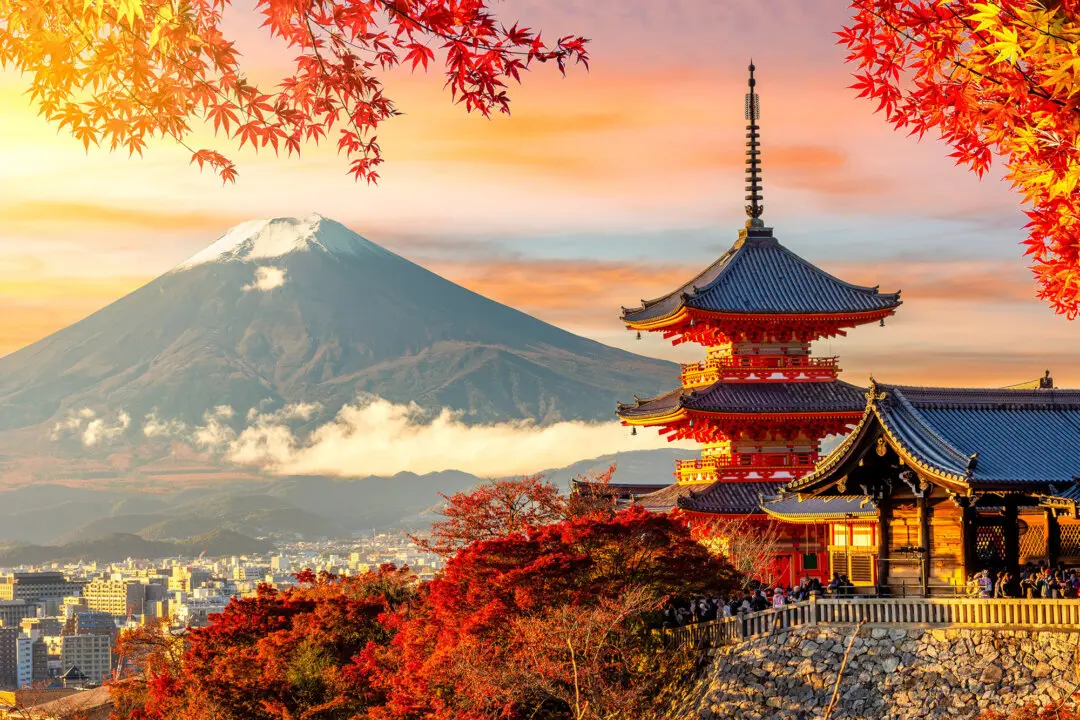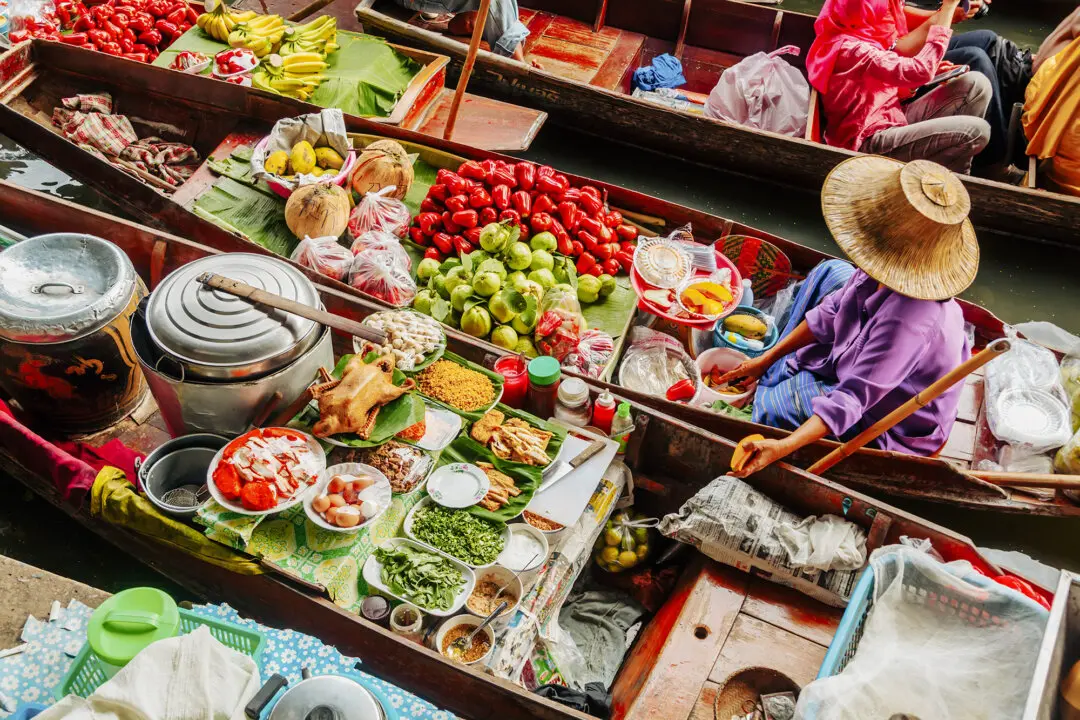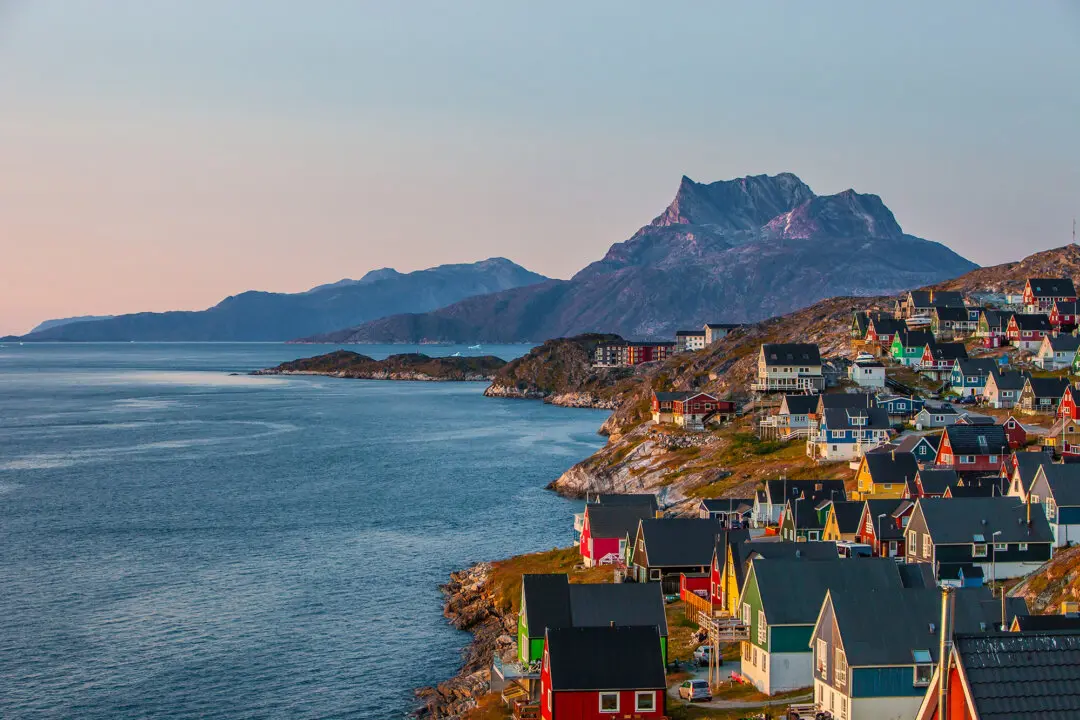Rolling out from West Hollywood and headed for the coast, the traffic has been a nightmare, a Friday afternoon filled with stop-and-go—those shimmering Pacific beaches just a dream for the moment.
Headed northwest, the urban tangle begins to loosen, hot streets supplanted by rolling hills and broad vistas. And then, just like that, it all falls away, the traffic, and my worries, a few hours into my journey. Leaving US-101 and dropping down to California Highway 1, the ocean spreads out before me, the thin ribbon of road stretching out ahead, to the horizon, with nothing to rein me in but my brakes—and my imagination.





